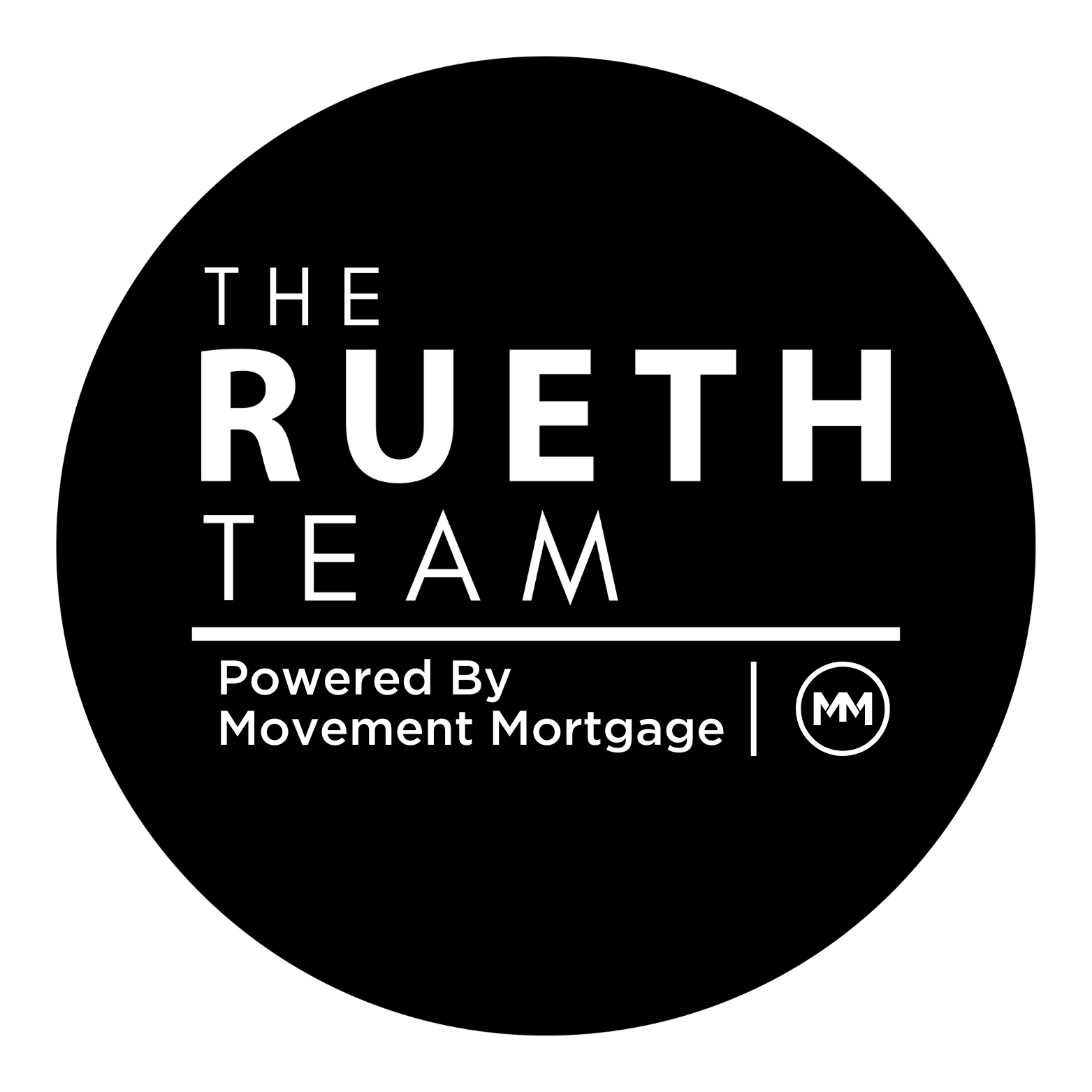February 2025 Housing Trends - Housing Market Crash LIES
Denver Real Estate Market Update | August 2023
Why are Rates Staying High?
I want to dedicate this time to a topic dominating headlines and everyday conversations in today’s real estate market. I encourage you to please review the DMAR report for specific highlights of July’s market trends. But, I will spend my time highlighting why in the heck interest rates are not behaving as they should.
US inflation cooled in June for the 12th straight month. Headline inflation, which includes food and energy, went so far as to drop to 3%. Yet the national average 30-year fixed mortgage rate ended July at a sticky 7.04%. In fact, rates have been stuck just under 7% since June 1st. Remember, not so long ago, experts were calling for rates to drop in May with lower inflation. Not only did they not drop, rates jumped from 6.3% to 7.14% over the next 15 days. Homebuyers and want-to-be home sellers are looking for a sign. 64% of could-be buyers are waiting for rates to drop. Mortgage purchase applications are down 26% year-over-year, and closed home sales are down 22% year-to-date.
This holding pattern has slowed the housing market to a crawl. So buyers and sellers are asking if lower inflation isn’t producing lower rates, what will?
The answer is lower financial risk.
The yield on 10-year treasury bonds marks an interest rate for those investments with no risk. The market will demand a higher yield, or return on its investment, on other investments relative to the measure of risk and uncertainty that investment has. Triple A corporate bonds, as an example might only yield an investor 1% more than if they bought treasury bonds. Whereas more risky investments such as junk bonds might yield an investor 3-5% higher returns on their money but come with a risk of losing their investment all together. Mortgage-backed securities (MBS) are investment products similar to bonds. Each MBS consists of a bundle of home loans and other real estate debt bought from the issuing banks. The measure of risk for mortgage-backed securities is called the mortgage spread. Historically this spread averages 1.65%. Today the spread is 3.07%.
Several factors are driving the larger spread. One of which is the duration adjustment and prepayment risk. Since mortgages are typically held for fewer than ten years (i.e., homes are either sold or refinanced), they have a shorter duration than 10-year treasuries. Since early 2022, we have had a significant yield curve inversion, where the 1, 2, 3, 5, and 7-year treasuries are all yielding higher investment returns than the 10-year treasury. This inversion is pulling investors away from the longer-term bonds and accounting for roughly a quarter of a percentage point higher mortgage rates.
In addition, prepayment risk is higher now than in previous years. Interest rates are expected to drop, and when they do, many mortgage holders will refinance their mortgage notes into lower rates. Typically, investors in mortgage-backed securities hold them in their portfolio as a longer-term investment vehicle. When there is a higher risk of portfolio turnover, that investment is discounted. Mortgage lenders and servicers also need to protect themselves against this prepayment risk. There is a substantial cost to originating a loan which is only recovered and then profited on over a period of time. This prepayment risk accounts for roughly another half of a percentage point higher mortgage rates.
Another factor in the current larger-than-normal mortgage spread is the reduced demand in the MBS market. Before 2012, Fannie Mae and Freddie Mac would moderate rates by purchasing MBS when spreads were wide, like now, and selling when spreads were thin. In 2009-2010 their combined portfolios were over $1.5 trillion. Today the two have a combined portfolio of only $200 billion. Also, in June 2022, the Federal Reserve began to allow its held portfolio to run off at a clip of $35 billion a month, adding to the supply of MBS in the market. We know what more supply than demand does; it drops prices, raising yields. With these higher yields, aka rates, commercial banks have also stopped buying mortgage-backed securities due to the mark-to-market risks. The risks that brought down Silicon Valley Bank, Signature Bank, and First Republic Bank.
These factors of higher mortgage rates are compounded when you include the impact of commercial space vacancy, a continuing Ukraine-Russia war, the inflation pressures of a tight labor market, and a resilient economy. Inflation alone will not unwind the many factors exacerbated during the pandemic years. We need both sticky core inflation and the market’s financial stress to soften for rates to drop substantially and sustainably. The bottom line, higher mortgage rates are probably here for a while longer but watch for the resolution of uncertainty in our current market, as that could bring them down meaningfully.
Until then, continue to focus the conversation on where homeownership and real estate investing can position someone, not today or even next year, but in 3 to 5 years. This market has incredible opportunities for those who do not operate out of fear and headlines but rather education and calculated risks.
Well that’s a wrap, until next time, it’s my pleasure to keep you updated.
Nicole Rueth
Producing Branch Manager with The Rueth Team Powered by Movement Mortgage




